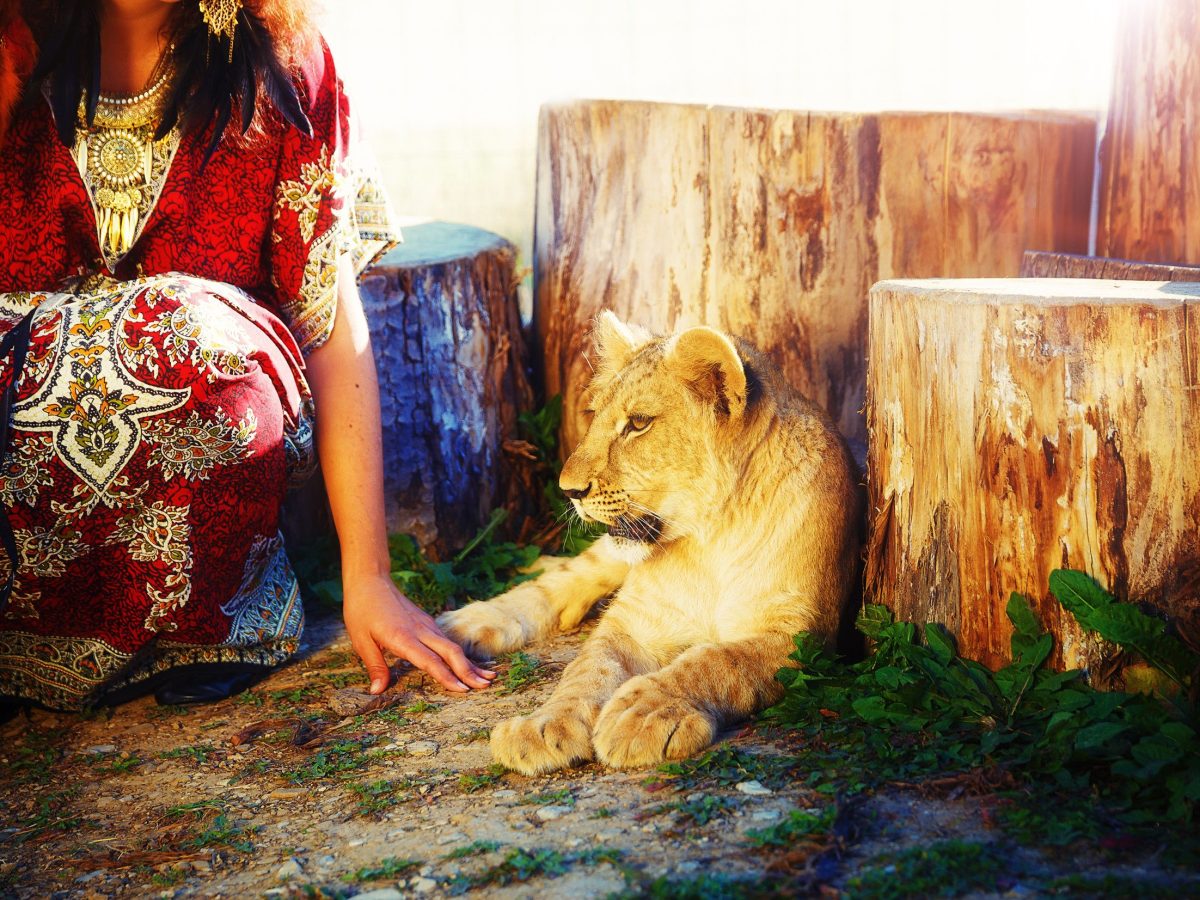
Teaching Kids to Set Boundaries Without Being Rude
Why Teaching Boundaries Is a Parenting Superpower
Your child doesn’t want to hug a relative.
They’re overwhelmed by a noisy playdate.
A friend keeps grabbing their toy, and they freeze.
Do they have the words to speak up?
Do they know it’s okay to say no?
Many parents teach children to be polite, share, and get along, but forget one vital skill: how to set personal boundaries with clarity and kindness.
In a world that often rewards compliance and punishes assertiveness, helping kids say “I don’t like that” or “Please stop” without fear is one of the most empowering things you can do as a parent.
This is why we are going to explore how to teach boundary-setting in a way that builds confidence, respect, and emotional safety, without making kids feel guilty, ashamed, or rude.
What Personal Boundaries Are, And Why Kids Need Them
Boundaries are the limits we set to protect our physical, emotional, and mental wellbeing. For kids, this might look like:
- Saying “no” to unwanted touch
- Asking for space or quiet
- Saying they don’t want to share a toy
- Letting someone know a joke hurt their feelings
Why Boundaries Matter
When children know how to set and respect boundaries:
- They feel safer and more in control
- They develop stronger self-awareness and empathy
- They’re less likely to be manipulated, bullied, or coerced
- They grow into adults who can advocate for themselves and others
The Myth: Setting Boundaries Is Rude
Many kids (and adults) believe that setting boundaries means being mean, selfish, or disrespectful, especially if they’ve been taught to “be nice” at all costs.
Let’s reframe the narrative:
Boundaries are not rejection, they’re information.
Boundaries are not unkind, they’re honest.
Boundaries are not disrespectful, they’re respectful of both self and others.
Step One: Give Them Permission to Say No
Some children need to hear it clearly from you:
“You’re allowed to say no. You’re allowed to protect your body and your feelings. ”
Start young, and say it often. Especially in moments when politeness might override instinct.
What That Sounds Like:
- “You don’t have to hug anyone if you don’t want to. ”
- “If you need quiet time, it’s okay to ask for it. ”
- “You can tell your friend you don’t want to play that game. ”
Normalize boundary language as much as you do ‘please’ and ‘thank you’.
Teach Kind, Clear Phrases to Use
Children often either shut down or lash out when boundaries are crossed, because they haven’t been given the tools to respond confidently and respectfully.
Try Practicing These Kid-Friendly Scripts
- “I don’t like that.”
- “Please stop.”
- “I need some space right now.”
- “No, thank you.”
- “That’s too rough for me.”
- “Can we play something else?”
Role-play these lines at home. Make it fun, not scary. Confidence comes with practice.
Model Your Own Boundaries (And Honor Theirs)
Kids learn boundaries by watching you.
Model Saying No:
- “I’m not ready to talk right now. Let’s take a break and come back to it. ”
- “I need to sit down. My body is tired. ”
Respect Theirs:
- “Okay, you don’t feel like talking right now. I’ll give you space. ”
- “Thanks for telling me you need a break. ”
When you treat their limits with respect, they learn that their voice matters, and so does yours.
Help Them Read Social Cues (and Repair If Needed)
Setting boundaries can be awkward. Help your child tune into how their words affect others, without shaming them.
If they come off too blunt, guide them with compassion.
Try This:
- “It’s okay to say no to your friend, but can we find a way to say it kindly? ”
- “Your words were strong, can we try again with a softer tone? ”
- “When we’re clear and kind, people understand us better. ”
This teaches kids that how we set boundaries is just as important as why.
Address the Guilt or Fear of Disappointing Others
Some children worry that saying “no” makes them bad, unkind, or ungrateful.
Remind them:
- “You can care about someone and still say no. ”
- “You’re not responsible for how others feel when you set a boundary. ”
- “Being kind to yourself helps you be kind to others, too. ”
The goal is not to erase discomfort, but to show them it’s safe to speak up even when it feels hard.
Encourage Boundaries in Peer Conflicts
When siblings or friends cross lines, encourage your child to use boundary language, not just tattling.
Instead of:
❌ “Mom! He hit me!”
Try:
✅ “I don’t like that. Please stop. ”
Then step in with support as needed. Praise the effort, not just the result.
Boundaries Are a Life Skill, Not a Phase
When you teach your child to set boundaries early, you’re giving them tools for life:
- To trust their instincts
- To speak their truth with confidence
- To build healthier relationships
- To stay safe and self-respecting
It’s not about raising kids who are hard or rigid. It’s about raising kids who are clear, compassionate, and empowered.
Because the world doesn’t need more people who say “yes” out of fear.
It needs people who know how to say “no” with love.
Let us know your thoughts in the comments!
Love, joy, and respect to you, always!




